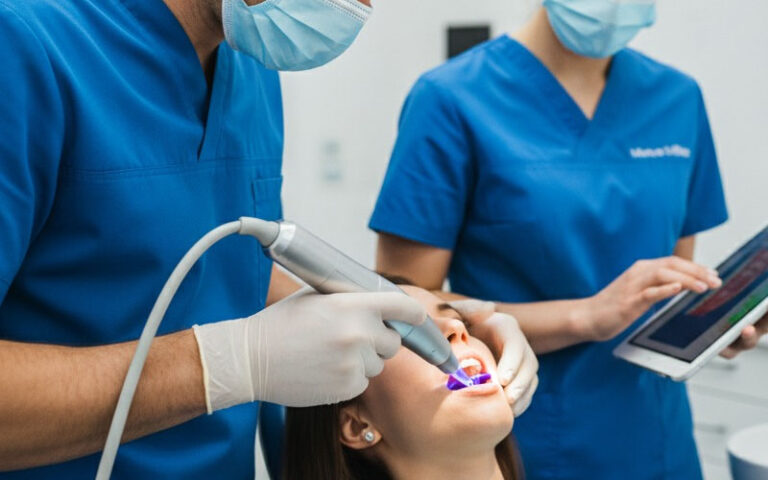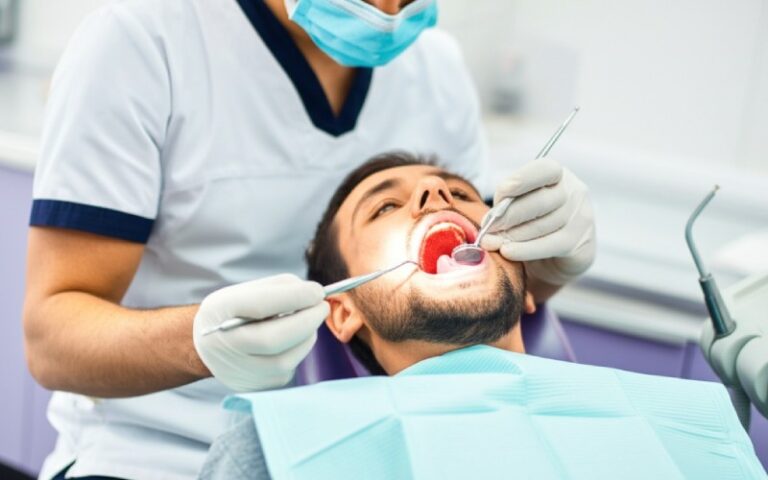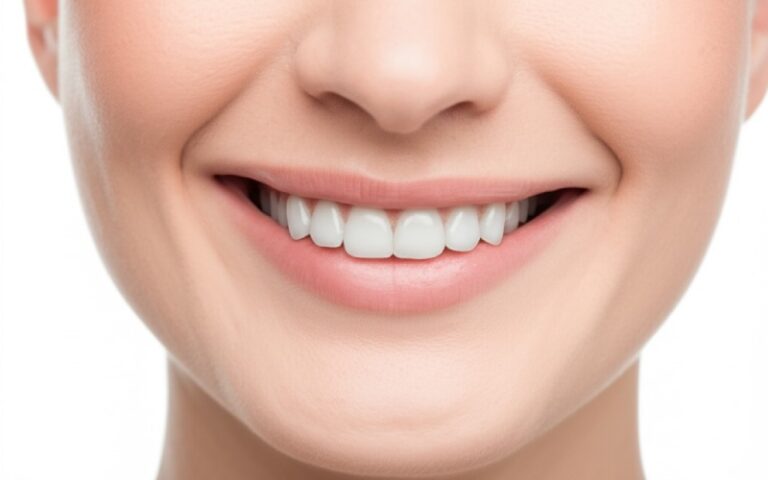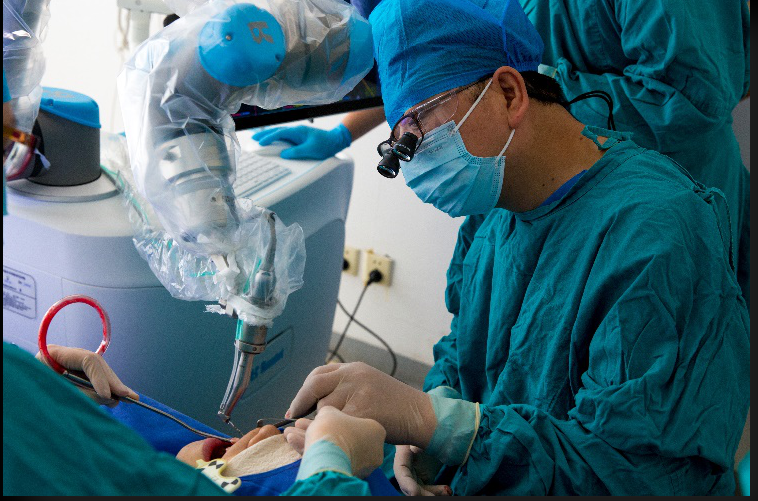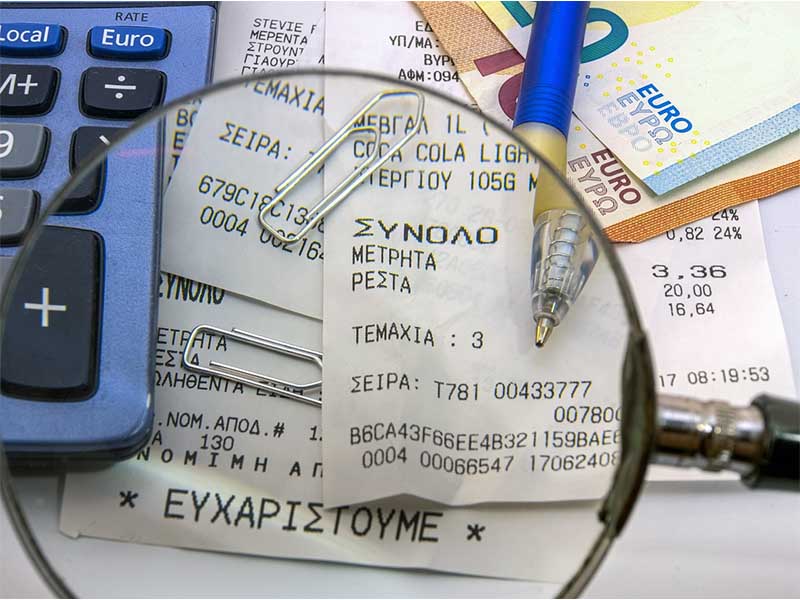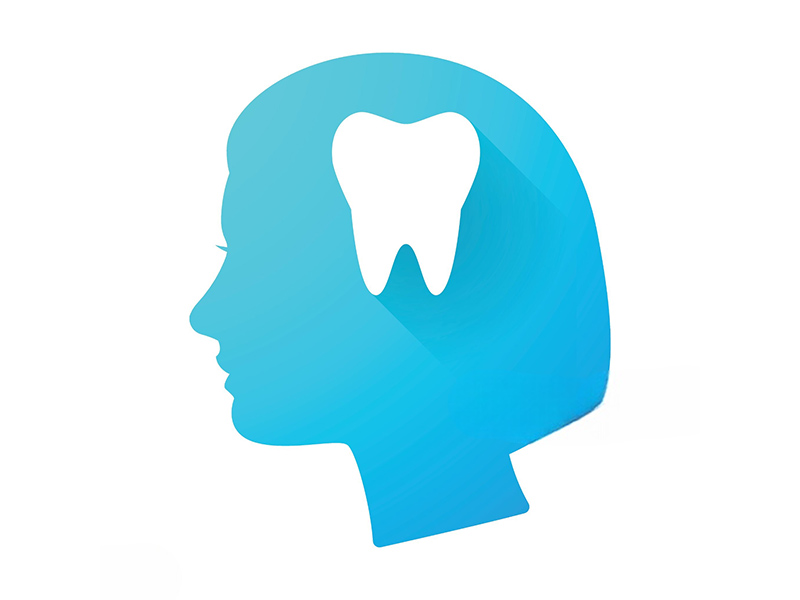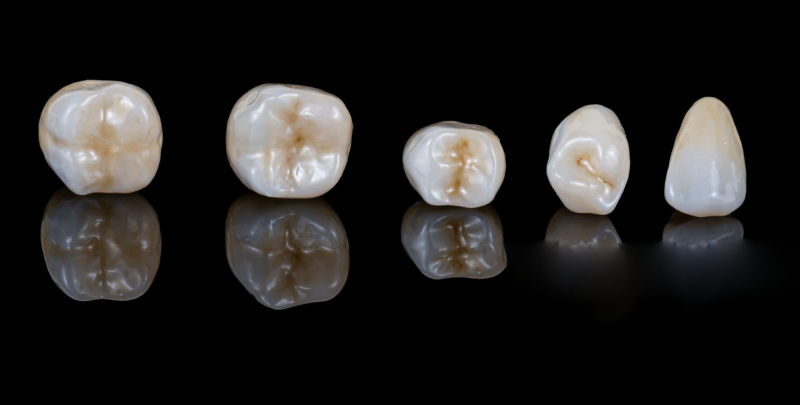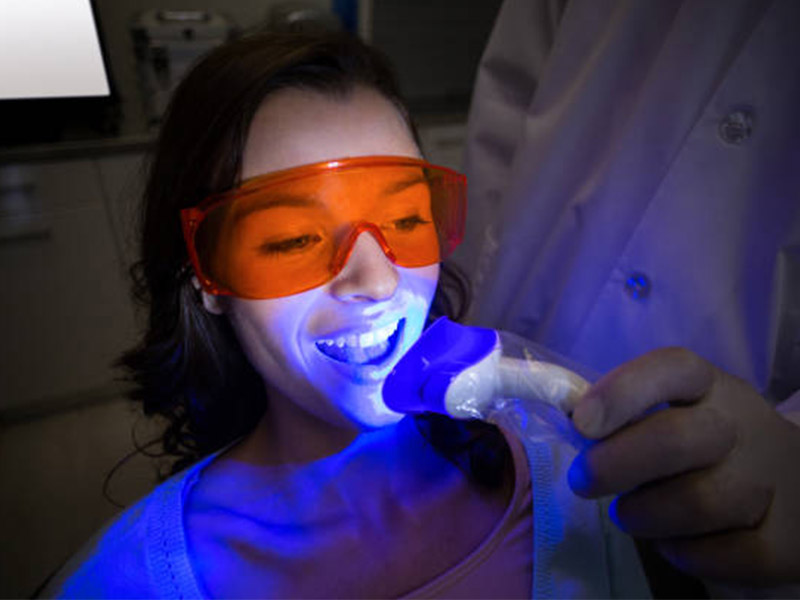
The Ultimate Guide to Teeth Whitening Lights: Do They Really Work?
That bright, white smile you see in ads and on Instagram—how do they pull it off? If you’re trying to figure out what’s true when it comes to teeth whitening lights, you’re not alone. Maybe you’ve seen your favorite influencers snapping selfies with those glowing mouthpieces or heard a friend brag about their new “LED whitening kit.” Now you’re wondering: do teeth whitening lights actually work, or is this all a sales trick? Are they safe? Should you trust your teeth with a DIY gadget?
If you find yourself stuck with these questions—take a breath. You deserve clear, honest answers. Let’s run through it all together.
Table of Contents
What Are Teeth Whitening Lights and How Do They Say They Work?
Ever stared at those blue glowing mouth trays and wondered what’s going on? Teeth whitening with light uses two things: a whitening gel (usually with hydrogen peroxide or carbamide peroxide) and a special light, almost always LED, that shines onto your teeth.
The Main Parts: The Gel and The Light
- The Whitening Gel:
Most gels use hydrogen peroxide or carbamide peroxide. Sometimes you’ll see something called PAP (phthalimidoperoxycaproic acid), which doesn’t have peroxide and is made for people with sensitive teeth. The gel’s job is to break up the stains (called chromophores) that make your teeth look yellow or brown. - LED Light:
That cool blue light you see all over Instagram—or maybe in your bathroom if you’ve tried this—is from an LED, which stands for light emitting diode. The pitch? The light “pushes” the whitening process along, making the gel work faster. But here’s the twist—is it really doing much at all? We’ll come back to this.
The Science in Simple Terms: How Stains Fade
Picture your teeth like white mugs. If you drink coffee, tea, or eat berries, over time those mugs pick up stains. On your teeth, stains hide in the top layer called enamel, or a little deeper in the part called dentin.
When you use a whitening gel, it releases little bits called free radicals that break up the dark stuff. This works the same at home and at the dentist, except for one main thing: the strength and who’s watching over it.
Some people think the LED light “bleaches” your teeth directly, but that’s not true. Science says maybe the light helps the gel work a little quicker in some situations, but it’s definitely not magic on its own.
Fact or Hype: Do LED Whitening Lights Do Much?
Here comes the real talk.
What Studies Really Show
No use beating around the bush: most dentists and the American Dental Association (ADA) agree—the real action comes from the gel, not the light.
A review in the Journal of the American Dental Association (JADA) says:
“Lights in at-home whitening kits don’t make much difference compared to the gel alone.”
A few small studies show you might get a tiny bit faster results with light, but don’t expect much—sometimes you get maybe one extra shade at best, and it fades in a few days.
Why the Lights, Then?
So, why do you see all these bright mouthpieces in ads? Two reasons:
- The light might help the gel move along a bit faster if the stuff is weak or made for quick whitening.
- It just feels cooler: Lights make everything seem fancier and more high-tech, so you might feel like it works better even if it’s not a big deal.
Here’s the plain answer: The gel does most of it. The light looks nice but isn’t a game-changer.
Types of Teeth Whitening Lights: A Quick Look
Not every whitening light is the same. Some you can use at home. The stronger ones are used by dentists only.
LED Blue Light (Most At-Home Kits)
- How it works: Makes a blue light (about 400-500nm wavelength) to “boost” the gel.
- Safe?: No heat, no UV, and usually safe to use at home if you follow the steps.
- Does it work?: Research says it doesn’t beat using just the gel.
Halogen and Plasma Arc Lights (For Dentists)
- How they work: Put out a lot of light or heat to help strong gels (with a dentist watching).
- Always with a dentist: Can really bother your teeth or even hurt them if not used right.
- Much stronger: Can give you results in one visit.
UV Lights (Old-School – Not Safe)
- Why skip them? UV (ultraviolet) lights used to be used for whitening, but they can hurt your gums and lips, and even raise cancer risks. They’re barely used now, and that’s a good thing—don’t even try UV kits at home.
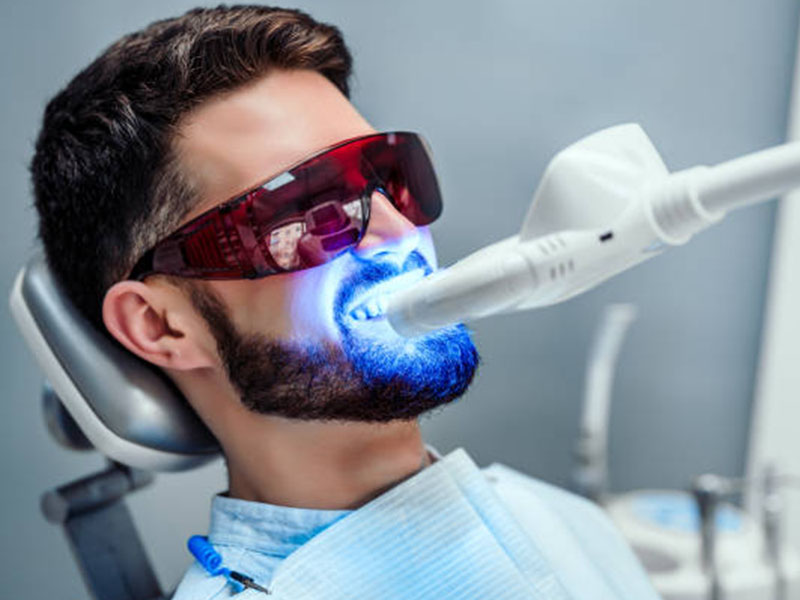
Are Teeth Whitening Lights Safe for Your Teeth and Gums?
You only get one set of grown-up teeth, so you gotta be careful. Whitening is usually safe, but it’s not perfect—especially if you already have touchy teeth or dental problems.
The Most Common Side Effects
- Tooth Sensitivity:
You might feel a sharp pain when you drink something cold or eat ice cream. This happens because whitening gels can open tiny holes in your enamel for a while, letting stuff reach the nerves easier.Tip: Go for sensitive-teeth products, use a toothpaste for sensitivity, and don’t use whitening kits more than you’re supposed to. - Gum Problems:
If the gel touches your gums it can sting or make them red. Load trays carefully, and wipe off extra gel.Tip: Some kits have a special gel or wax to protect gums—use it!
What Dentists and Experts Say
- Only pick whitening stuff with the ADA Seal of Acceptance. That means it’s been checked for safety and results.
- Ask your dentist first: If you have crowns, veneers, or sensitive teeth, get expert advice before you start.
- The ADA says don’t use random online gels, UV light kits, or viral “hacks.” Stay safe.
Don’t Use Whitening Lights If…
- You’re pregnant or breastfeeding: No one really knows if it’s safe, so best wait until later.
- You’re under 16: Kids’ teeth and nerves are still growing. Skip whitening.
- You have crowns, veneers, or lots of dental work: Gels don’t change the color of these, so you’ll end up with different shades.
- You have gum disease or cavities: Take care of those first.
If you’re unsure, ask your dentist. Better safe than sorry.
How to Use an At-Home Teeth Whitening Light Kit (Step-by-Step)
Want to try it out? Here’s what you usually do. Your kit might have different steps, so always check the instructions.
- Brush and Floss First:
Clean teeth work better with whitening gel. - Put Gel in Tray:
Don’t overdo it. Too much gel just burns your gums. - Put in Tray, Turn On Light:
Slide the tray on your teeth, then hit the button for the LED. - Wear It for the Right Time:
Most need 10–30 minutes. Don’t overdo it—longer isn’t always better and can make your teeth hurt. - Rinse and Clean Up:
Rinse your mouth well and wash the tray. - After-Care:
Try to skip foods and drinks that stain—like coffee, red wine, berries, or tomato sauce—for a few hours after you whiten (or even a day, if you can).
Pro Tip:
Whitening works best if you do it as the kit says—usually every day for 1–2 weeks, then touch up as needed.
At-Home Lights vs. Dentist Whitening vs. Strips: Which Should You Pick?
Let’s stack up your choices, so you can find what fits you best.
Which Works Fastest?
- At-Home LED Kits:
Can lighten your teeth 2–5 shades over a couple of weeks. Results depend on the gel, how stained you are, and if you follow the steps every time. - Whitening Strips:
Slow and steady—2–4 shades after you’ve used them daily for a few weeks. - Professional (In-Office) Whitening:
The big leagues. One visit can take your teeth up to 7–8 shades whiter in under two hours, using strong gels and high-powered lights.
Costs
- At-Home LED Kits:
$40–$150 for a whole package. - Whitening Strips:
About $25–$60 per round. - Dentist (Professional) Whitening:
$400–$1000 for each session.
Safety
- At-Home Kits:
Not as strong, so usually safer, as long as you follow the rules. Some people get sensitive teeth for a while. - Dentist Whitening:
Strong gels need an expert watching. Dentists protect your gums so you don’t end up hurt. - Approved Brands:
Lots of kits (especially off Amazon) aren’t ADA approved. Look for that Seal or stick to big brands like Crest, Colgate, GLO Science or Philips Zoom.
Quick Table
| Feature | At-Home LED Kit | Whitening Strips | Professional Whitening |
|---|---|---|---|
| Whitening Stuff | Carbamide/Hydrogen Peroxide or PAP | Peroxide | Strongest Gel |
| Light Used? | Yes (LED) | No | Yes (Halogen/Plasma) |
| Average Result | 2–5 shades | 2–4 shades | 5–8 shades |
| How Long It Takes | 10–30 min/day, 1–2 weeks | 30–60 min/day, 2–3 weeks | 1 visit, 60–90 min |
| Sensitivity | Might happen | Sometimes | Can be bad, but usually short-lived |
| Cost | $40–$150 | $25–$60 | $400–$1000 |
| Supervision? | You’re in charge | You’re in charge | Dentist watches over |
Who Is This For? (Are You a Good Fit?)
- At-Home LED Kits are for you if…
- You want a small bump in whiteness, mostly on top stains from coffee or soda.
- Your teeth and gums are healthy, with no big dental work.
- You want to spend less and you’re okay not getting “superstar” results.
- Dentist Whitening is best if…
- You need a big, quick change.
- You’ve got tough, deep stains (from meds, aging, or stuff strips can’t fix).
- You want a pro there in case your teeth react.
- Skip Teeth Whitening If…
- Your teeth are sensitive, you’ve got dental problems, or lots of crowns/fillings.
- You’re under 16 or pregnant.
- You expect $40 to buy you what only $1000 at the dentist can do.
A quick dentist check can help you pick what’s smartest for your mouth.
The Bottom Line: Are Teeth Whitening Lights Worth the Money?
Here’s the deal:
- LED kits might help your whitening go a little faster, and having a glowing tray might make you feel more confident.
- The gel does nearly all of the work. Pick a kit with a good, dentist-approved gel—especially one with 6–14 percent hydrogen peroxide—you’ll likely see a real improvement.
- Don’t expect magic. At-home kits work best for stains on the surface, not dark, deep ones.
- If you want a super white smile or have old, tough stains, the dentist is your best bet.
- No matter which route you take, sticking to instructions and staying safe are huge. Don’t overdo it, follow the rules, and ask your dentist if you’re lost.
Your Healthy Takeaway
Here’s what to remember:
- The gel is what really works, not the light.
- LED lights in home kits are safe if you follow directions, but don’t hold out for crazy results.
- Your outcome depends on your teeth, your stains, and if you do it right.
- Sensitivity and gum problems are common, so reach out to your dentist if you’re worried or already have dental trouble.
- For the fastest, biggest change, get professional help—but it’ll cost more.
- If you’re not sure, talk with your dentist. They’ll help you pick what’s safest and best for you.
Frequently Asked Questions (FAQ)
How long do teeth whitening lights last?
It depends on your habits—if you drink coffee, tea, wine, or use tobacco, your teeth can stain faster. Results normally last a few months to a year if you stay away from the stuff that stains and do the occasional touch-up.
Can I use a whitening light with strips or my own gel?
LED lights are for trays with gel, not usually for strips. Some strips say you can, but it can get messy and there’s no proof it helps.
How often can I safely use a teeth whitening light kit?
Most kits say do it once a day for 1–2 weeks. Doing more can hurt your teeth and make them sensitive. Always follow the directions.
Will a whitening light work on dental crowns, veneers, or fillings?
Nope—these don’t react to gels or lights. Only natural teeth get whiter, so you might notice a mismatch after whitening. Ask your dentist what to do.
Your Next Steps
If you’re still thinking about it, here’s what to do:
- Think about what you want: Are you aiming for a big change or just a little brighter smile?
- Check labels: Only get products that clearly list what’s in them, and look for the ADA Seal of Acceptance if you can.
- Check your mouth: If you have cavities, sore gums, or a lot of dental work, go see your dentist before whitening.
- Expect real results: Home kits help, but nothing beats a dentist’s touch for a huge transformation.
- Keep brushing and flossing: Good old brushing, flossing, and regular dentist visits matter most for a great smile.
Remember, a good smile isn’t just about color—it’s about healthy teeth too. Got more questions? Ask your dentist. Your teeth will thank you.
Checked by Dr. Jane Doe, DDS. For advice that fits you, schedule a visit with your dentist or dental hygienist.

